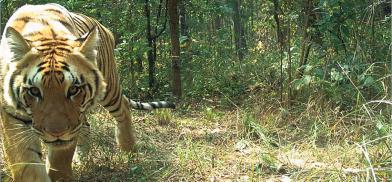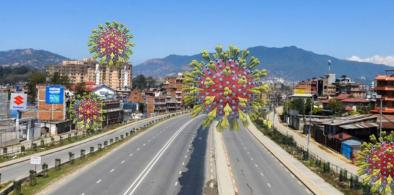Water scarcity in national parks increasing human-wildlife conflict
Water scarcity in Nepal’s Banke and Bardiya national parks are affecting wildlife, driving animal towards populated areas in search of water, and increasing cases human-wildlife conflict in the Himalayan nation

Water scarcity in Nepal’s Banke and Bardiya national parks are affecting wildlife, driving animal towards populated areas in search of water, and increasing cases human-wildlife conflict in the Himalayan nation.
The protected region does not have any perennial river rivulet; few water streams in the parks usually dry up during peak summertime. “Wild animals from the park come out and enter human settlements due to water shortage,” Shyam Shah, the chief conservation officer at the Banke National Park was quoted as saying by the Kathmandu Post.
A few years ago, authorities constructed four dozen artificial ponds to address the issue. But even those run dry during summertime. The East-West highway, that cuts through these parks, has reported accidents involving wildlife.
In search of water, animals in the parks have to cross the highway to reach Rapti river, leading to increased accidents.
Krishna Chaudhary, a Nepali conservationist, speaking to the Kathmandu Post said, “It is necessary for park authorities to manage water for wild animals all year round. Animals start entering human settlements when there’s no water source inside the park.”
“The park should lift water from Babai and Rapti rivers to save wild animals,” he opined.
If the problem remains unresolved for long, Banke National Park - home to 21 tigers, wild elephants, deer, and spotted deer- might face further threat to its wildlife.










Post a Comment